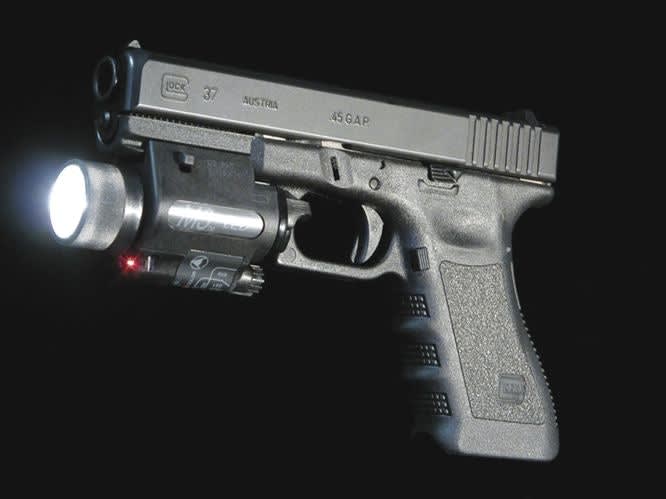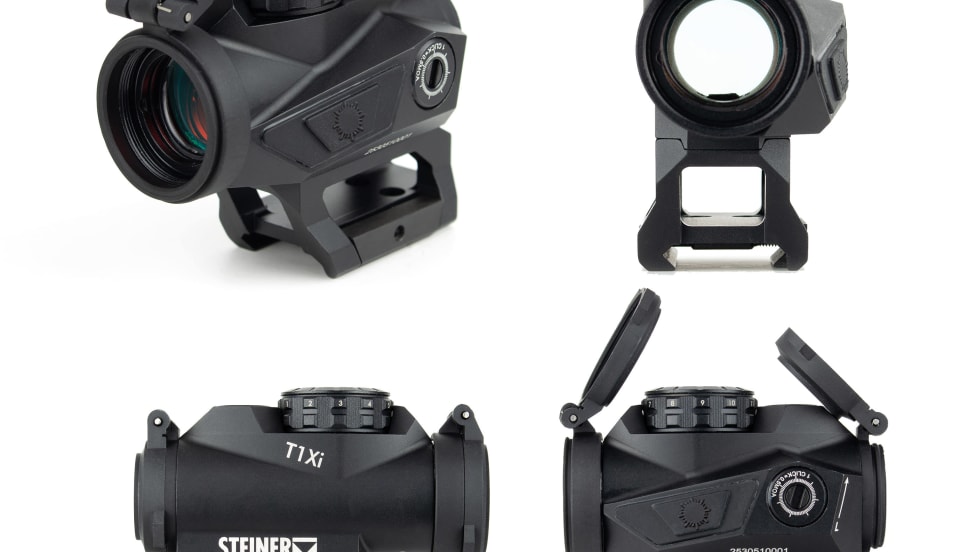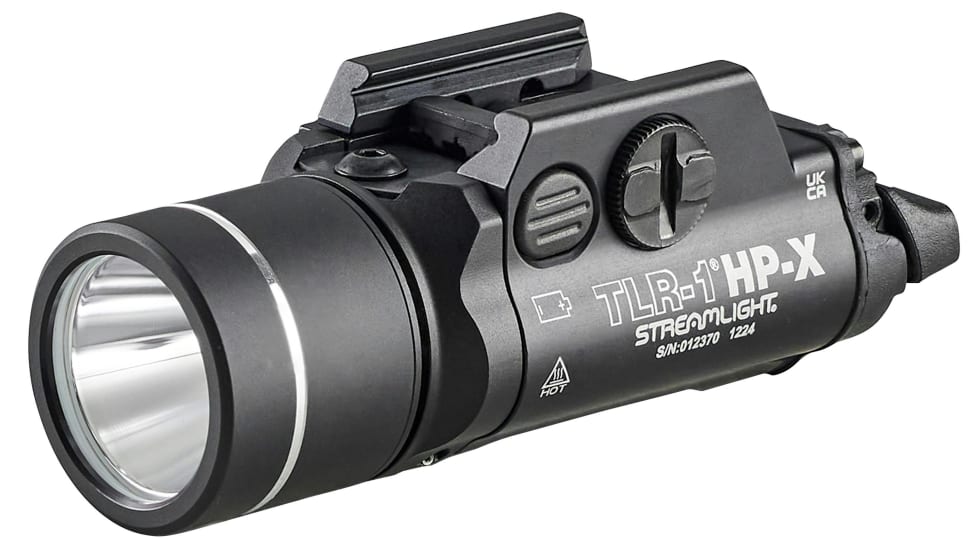The polymer frame got everyone's attention in the beginning. At about 85-percent lighter than steel, the polymer frame was probably one of the biggest reasons the Glock got so much hype. Also, the plastic frame lessens perceived recoil, or at least that's what I've convinced myself. The Tenifer surface treatment on the metal bits is ultra-hard and more corrosion resistant than stainless steel, which is also a good thing. And, the Glock 37 .45 GAP features all this whiz-bang technology.[PAGEBREAK]Some Specifics
Glock sent us a Model 37 test gun in a nice plastic box with two extra mags (ten rounds), a padlock, a fired case, mag loader, and a polymer cleaning rod and bore brush. Gone is the flimsy plastic case of yore and good riddance to it.
Picture a Glock 17 with a slightly fatter slide and you'll get the idea of what the 37 is. It feels like, well, a Glock. I've never personally cared for that hump in the backstrap (and Robar and others can trim it nicely for you) but many with bigger hands love it dearly. The sights are plastic (polymer) and a notorious weak point, but you can get steel factory sights, or if you're smart, replace the whole shebang with XS "Big Dot" tritium sights and go to work. The 37 has a light rail and a Streamlight/Insight Technology M-3 Tactical Illuminator (complete with red LED for low-light poking around) fit nicely.
The 37 has a new "enhanced" extractor with a raised hump offering a visual and tactile (you can feel it) indication of whether there is a case in the chamber. Remember, this doesn't tell you whether it's loaded, simply that there is a case in the chamber. People forget that part. Frankly, the only way to know for sure if there is a loaded round in the chamber is to push the slide back far enough so you can see the bullet itself resting comfortably in the case.
The slide release is also of the newer version, with a raised bumpy thingy on it so your slippery, sweaty thumb can find it and release the slide. I think the best way to release a slide is to simply pull it back and then let it go. That gives you an even better chance at a successful chambering since the slide gets to travel its whole length, like it was designed to do. I look upon a slide release as simply a way to lock a slide back to render a pistol safe. But that's just my opinion.










